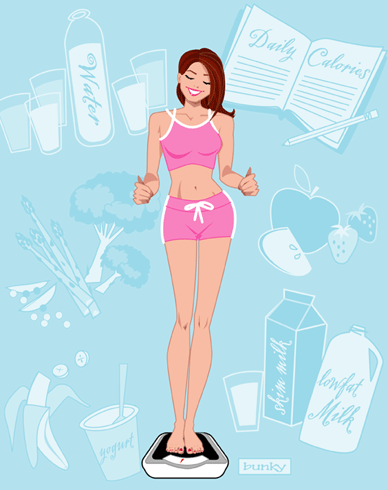1. BREATHING. Pilates breathing takes a little practice! Inhale through your nose and exhale out through your lips/mouth. Laterally. Think of breathing in, around, and through your ribs (back and front) allowing them to expand like an accordion. You should feel a little extension in your spine. On the exhale allow the sides of your ribs to draw toward each other. You should feel a little flexion of the spine. If your shoulders are rising up and down, your breathing is too much in the upper part of your lungs/chest. And if your belly is rising and falling, you are not breathing correctly. Belly breathing doesn't usually protect the lower back. Too, be careful not to hyperventilate! If you are not used to deep breathing, as most people aren't, you may feel a little light headed. Take your time. Practice on and off throughout your day; it will make a difference.
Why is proper breathing crucial in performing exercises as well as in your everyday activities?
- it releases oxygen into your blood
- it releases oxygen to the cells of your muscles
- it cleanses and aids digestion
- it provides the energy you need
- it helps your mind to find clarity and to focus on each task
- it activates the deep abdominal muscles/the core
- it brings life into your body-after all, it is the first thing you do when you are born!
2. CERVICAL AND HEAD PLACEMENT. Most of us walk, stand, and sit with our heads forward instead of neutral. Take care that you don't hold your head up too high, no sky gazers. Don't allow it to drop to your chest like you are snoozing in your favorite recliner! In Pilates we practice and use cranio-vertebral flexion (aka head nods) to demonstrate the principal of head and cervical placement.
CUE: To perform a proper head nod, pretend you have an apple or a small fist between your chin and chest, not letting your chin fall into your chest.
3. RIB CAGE PLACEMENT. Soften the ribs keeping them from protruding. You might notice having a problem with the ribs "popping" when you are raising your hands and arms above your head while seated or lying or standing.
CUE: soften
4. SHOULDER/SCAPULA PLACEMENT AND STABILIZATION. Some of us have a rounded back (kyphosis), some more straight back, some sway back. The goal is to not wear your shoulders like ear muffs or hold them back like you are in military stance! Choose rather to bring the shoulders back and then allow the scapula so slide down.
CUE: open your chest, and allow your shoulder/scapulae to slide back and down.
5. PELVIC PLACEMENT. While on the mat in a supine (on your back) position, allow your pelvis to tilt so that your lower back is imprinted into the mat, while not lifting your tush off of the mat. Then allow the pelvis to tilt the opposite way. Between these two points is what we call neutral. And while neutral is a goal to work out of in Pilates, we often work out of imprint while we are learning and developing stronger abdominal muscles and overall strength. Usually if our feet and legs are raised up we often work out of imprint so that we don't go into our lower backs.
CUE: when you rock your pelvis back and forth, your neutral pelvis will be found somewhere in between the two positions. You can also think of a cup of tea resting on your lower belly where your pelvis is and find a safe position where it's not tipping over.
*Reposted Quarterly
Copyright © 2008-2012 by Pilates Worx 4 Life. All rights reserved. Check out website: www.pilatesworx4life.com






 Enjoy
Enjoy











